Imagine a 1969 Dodge Charger that’s been given a modern makeover with a powerful twist. This incredible machine was transformed over a four-year span by the skilled folks at Xtreme Innovations & Fabrication in Luxemburg, Wisconsin. The project was completed in 2011, resulting in a stunning ride that combines classic charm with contemporary muscle.
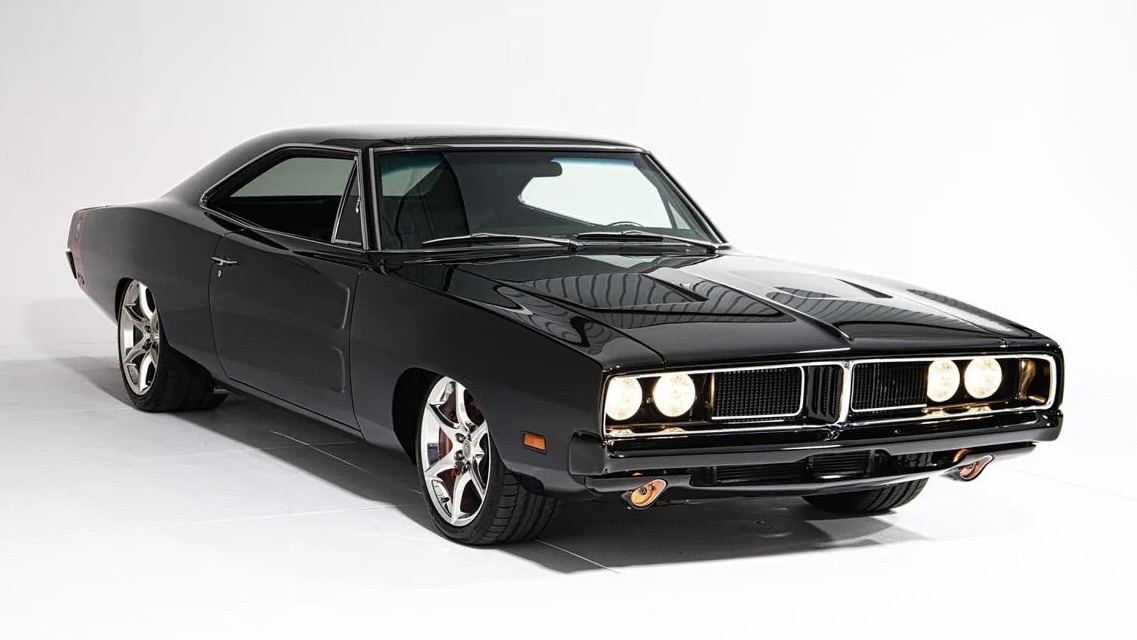
Under the hood of this Charger is where the magic happens. It’s packing a massive 8.3-liter (505 cubic-inch) V10 engine sourced from a 2005 Dodge Viper. This isn’t your typical engine swap; it’s a comprehensive upgrade that includes high-performance parts like stronger connecting rods and special pistons. The result is a heart-pounding driving experience that’s ready to thrill. The V10 is mated to a Tremec T56 6-speed manual transmission that puts you in control of all that power.
The body of this Charger has been carefully refined and customized. The black paint with red tail stripes exudes a sense of boldness, while the flip-up fuel cap and electric hideaway headlights add a touch of modern flair. The rear wheel openings have been enlarged to fit the beefy Michelin Pilot Sport tires mounted on 18-inch and 19-inch forged-aluminum wheels.
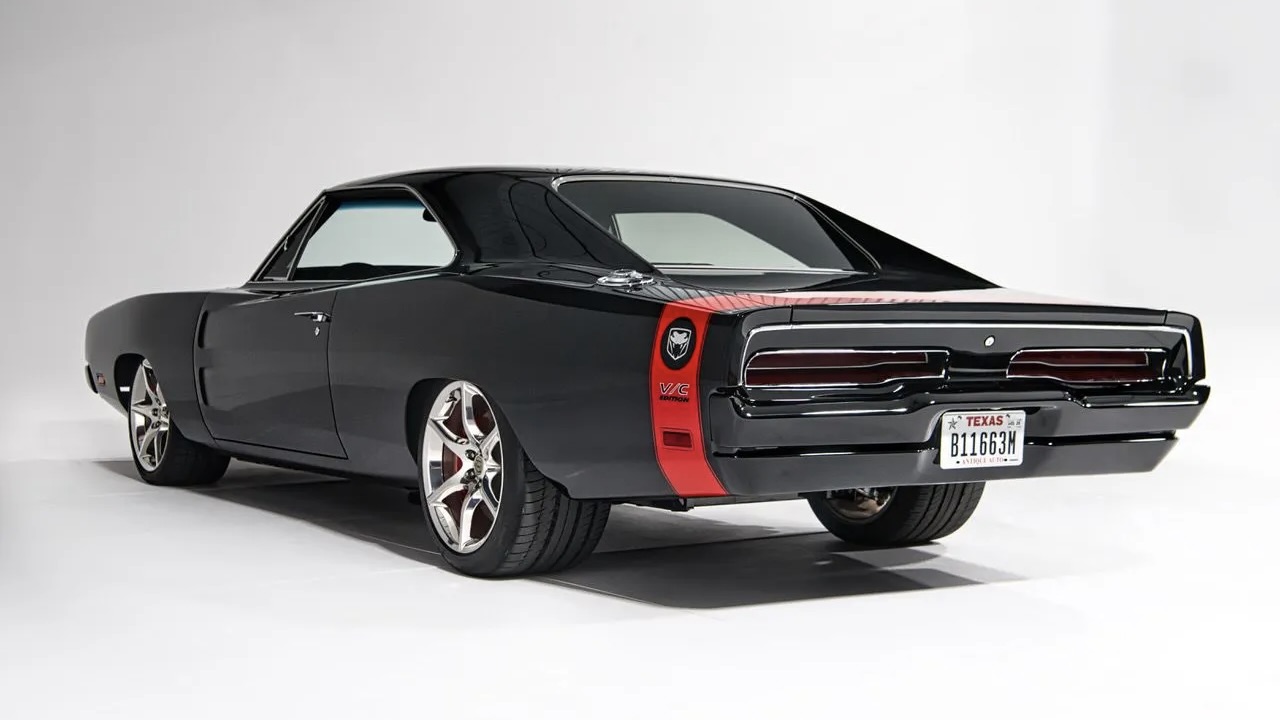
Step inside, and you’ll find a comfortable interior that’s been tastefully modernized. The front seats have been swapped with modified Dodge Neon bucket seats, and the rear bench has been custom-built and covered in black leather and tweed. The dashboard hosts a range of modern features, including air conditioning, power windows, and an infotainment system for your driving pleasure.
This Charger isn’t just about looks; it’s been upgraded for performance too. The chassis has been reinforced with a custom steel frame, and the suspension has been enhanced with components from the Viper, providing a smooth and responsive ride. The power-assisted steering and upgraded braking system ensure that this Charger handles as good as it looks.
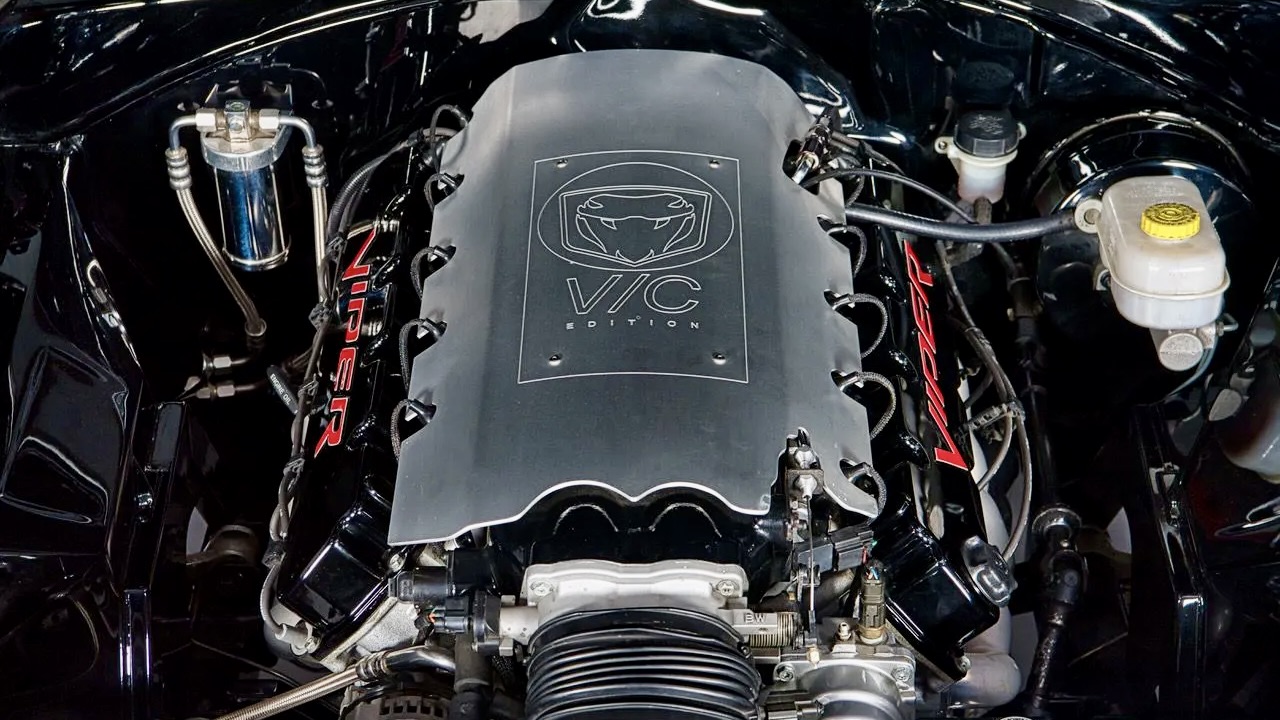
The auction for this remarkable Viper-powered 1969 Dodge Charger is set to close on tomorrow, August 18th, at 5:48 p.m. EST. The lucky winner will not only get their hands on this one-of-a-kind masterpiece but will also receive a collection of goodies, including build receipts, photos, car-show awards, and a copy of Mopar Muscle magazine featuring this incredible ride. Don’t miss your chance to own a true automotive gem that seamlessly blends classic style with modern power and performance.

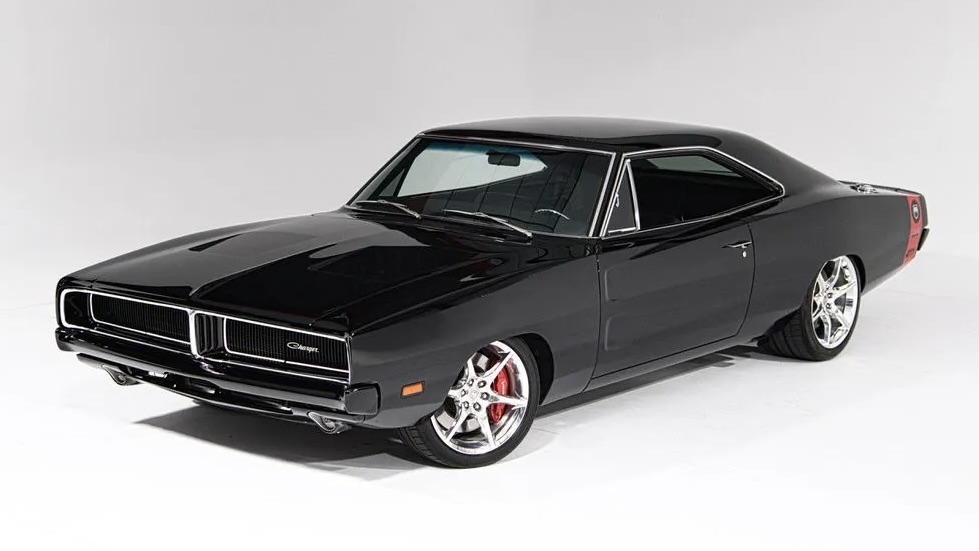
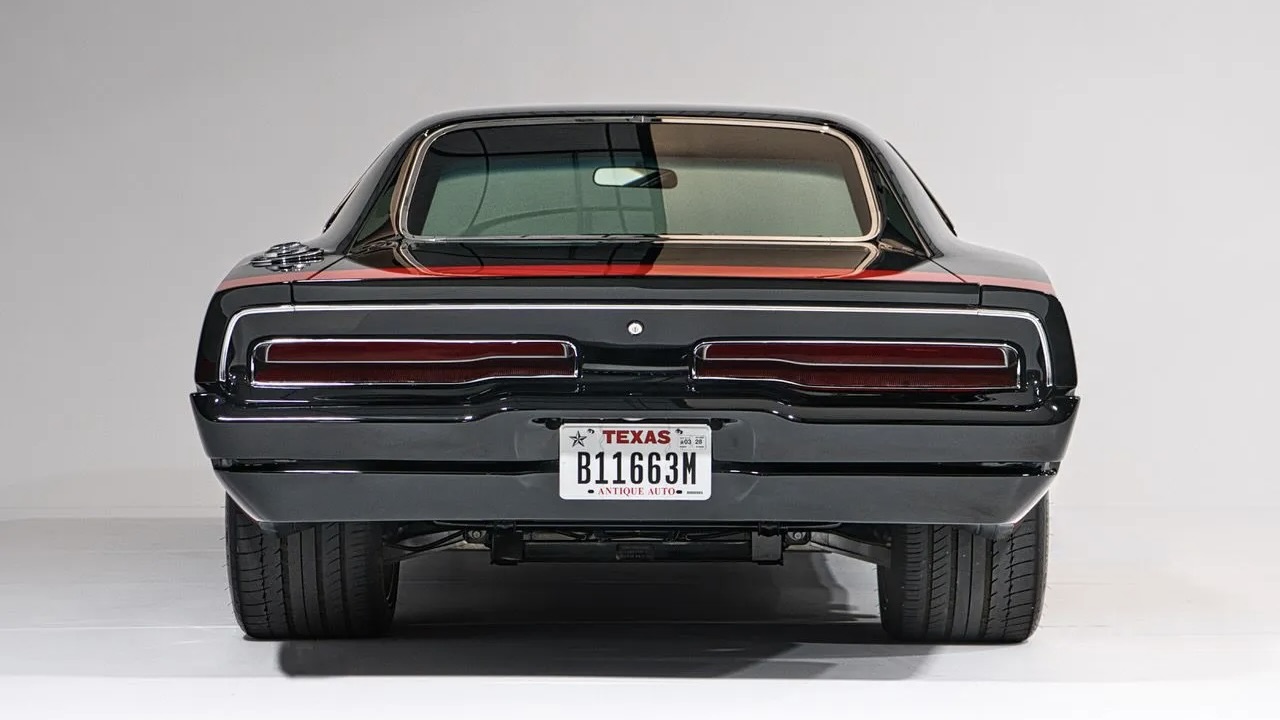
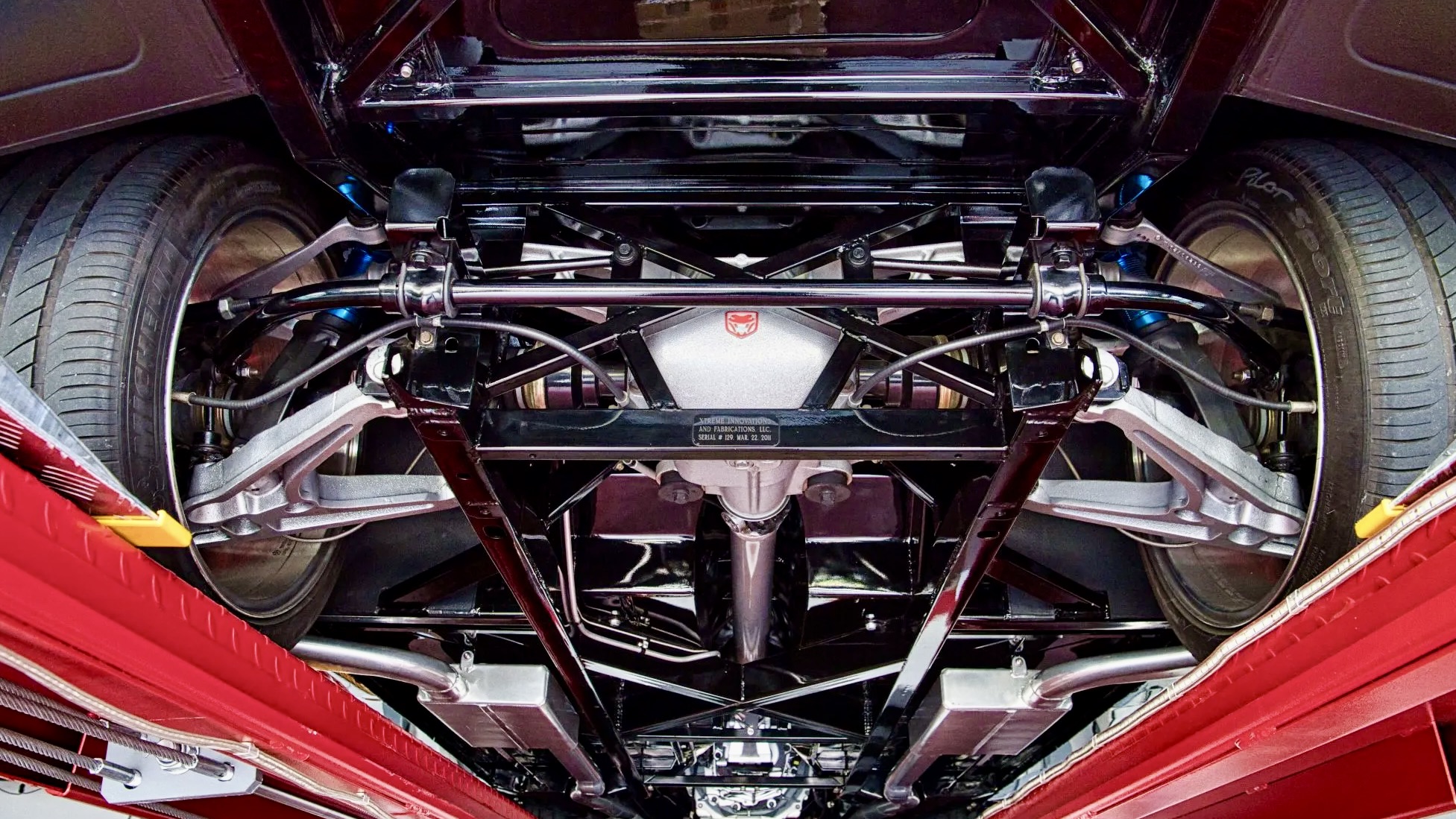
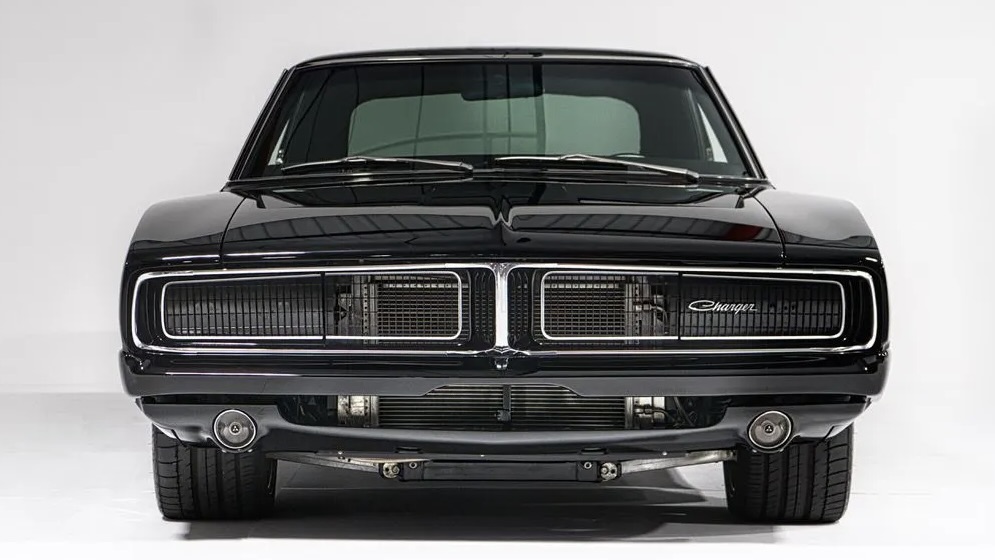
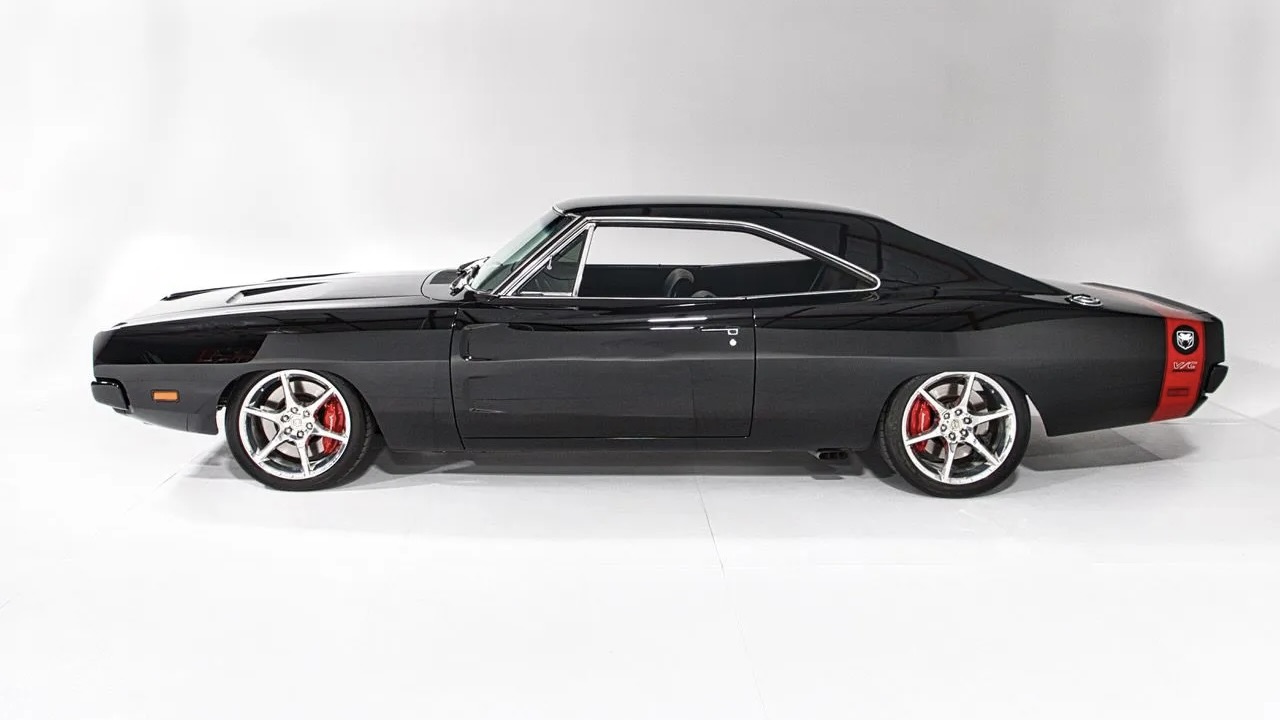
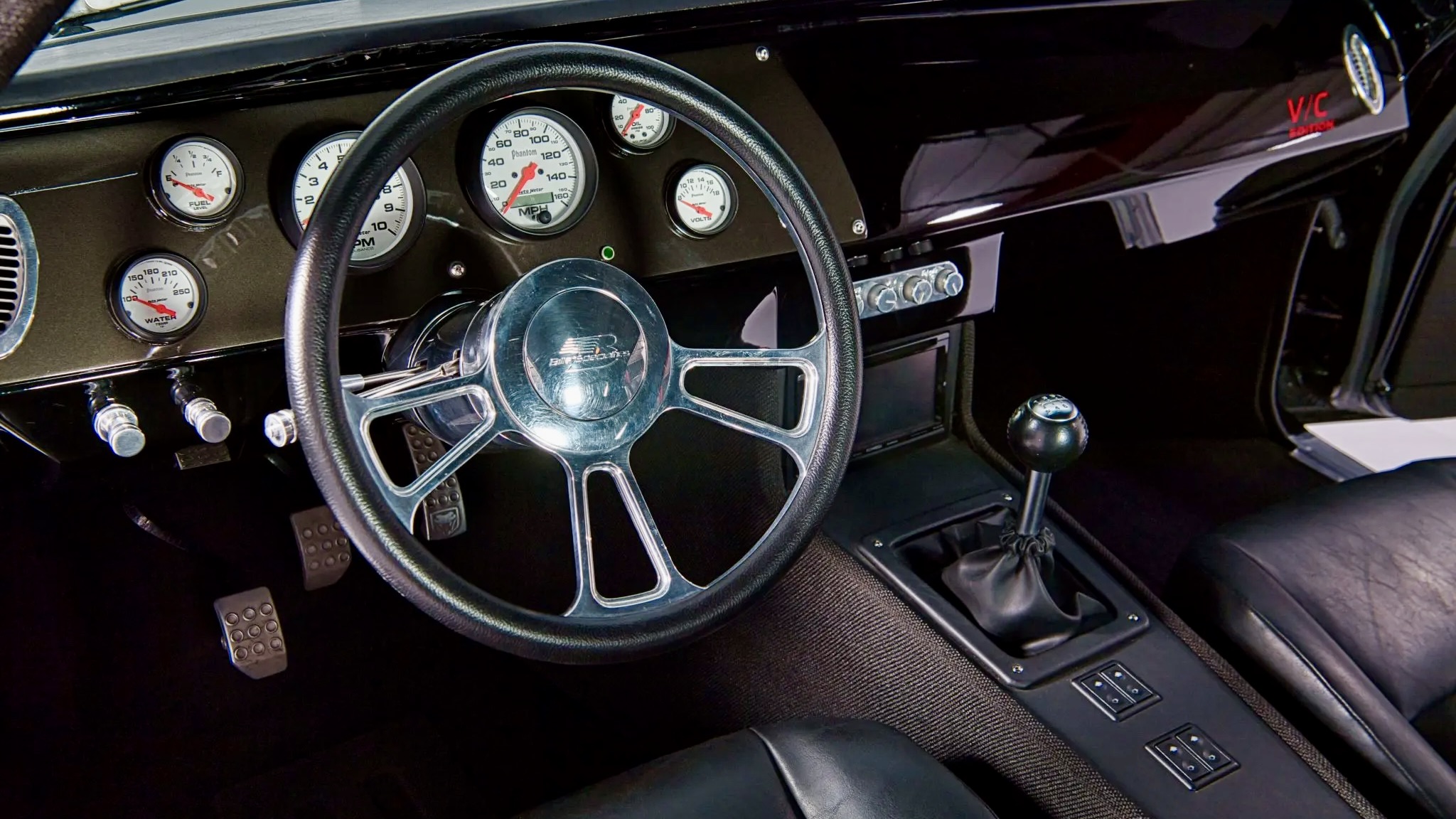
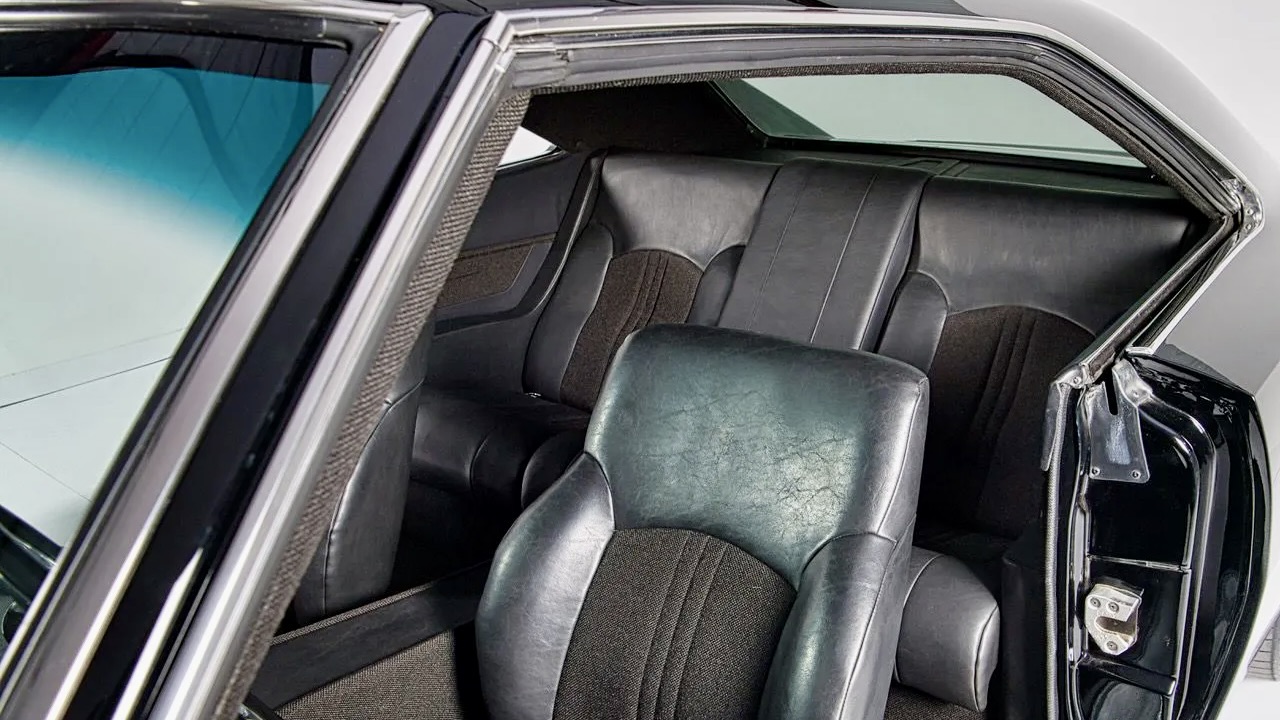
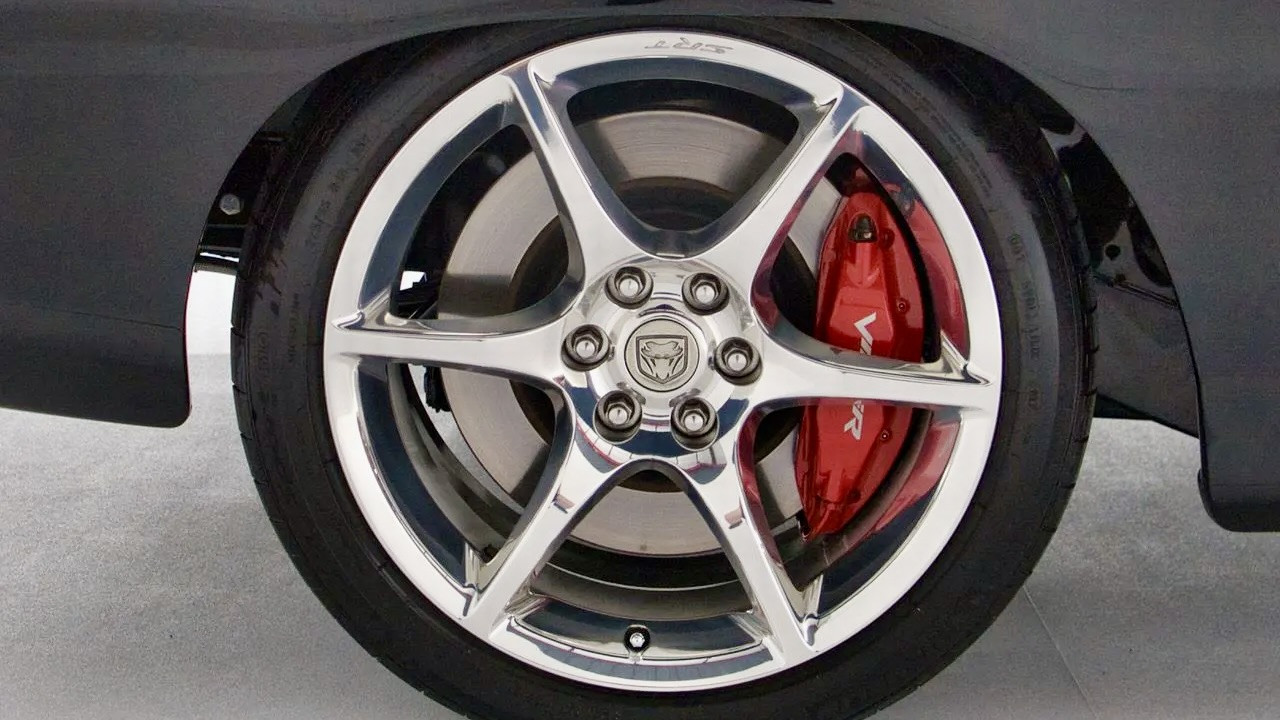
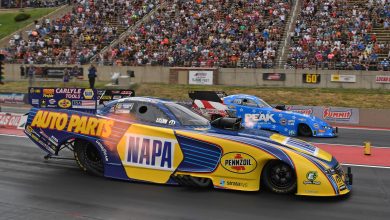

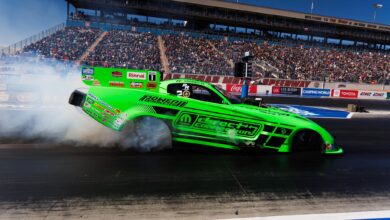
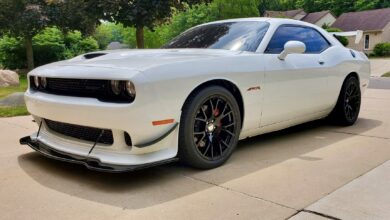
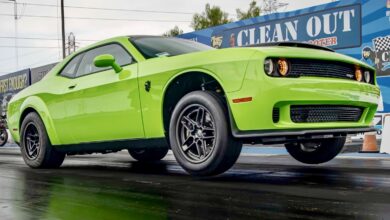
1 reply
Loading new replies...
Join the full discussion at the Mopar Insiders Forum →